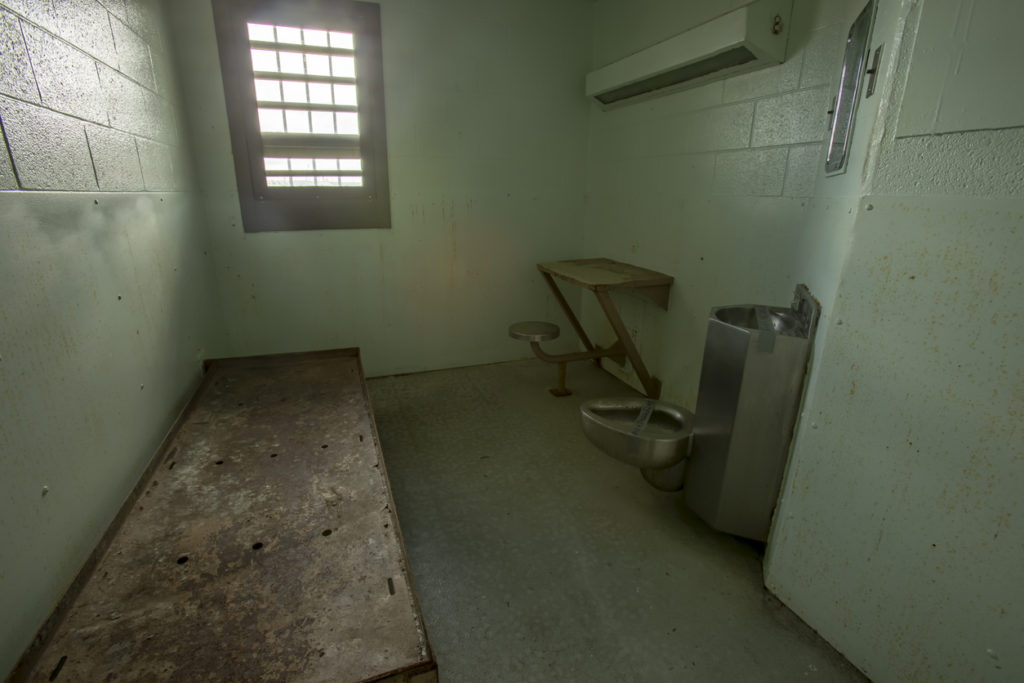Lawyer Texas Jail Neglect – Inmate Suicides Continue to Plague County Jails – Part 7 of 7

Recommendations to enhance suicide prevention made to the Texas Commission on Jail Standards (TCJS) continue below. The following are among those that aren’t necessarily the type suited to regulation and oversight, however. They are practices to avoid, according to a wide assortment of jail suicide literature. The following are things that jails should not do as part of suicide prevention:
Video surveillance should not be relied upon in jails as a means of monitoring inmates who are recognized as potentially suicidal.
- TCJS, the World Health Organization, and experts in correctional suicide, as well as jailers, fully agree that video surveillance should not and cannot substitute for human observation with regard to suicide prevention.
Suicide watch in jails should not relax after an inmate has gone through the intake process or after the first week of incarceration.
- Suicide prevention is a continuous task. Experts warn that, although intake screenings are critical to the process of suicide prevention, the screenings only provide an observation made at a single point in time. Intake screening does not pick up on latent suicidal tendencies that could arise with future stressors. Research shows that suicide is an act of opportunity, and staff members at the jails should be trained to recognize the signs of potential suicide in an inmate at any given time.
To learn more, see Part 1, Part 2, Part 3, Part 4, Part 5, and Part 6 of this seven-part series.
This website is intended to help current and former inmates in city and county jails in Texas and their families. It is never meant on this site to imply that impropriety has occurred on the part of any person or institution.
–Guest Contributor
